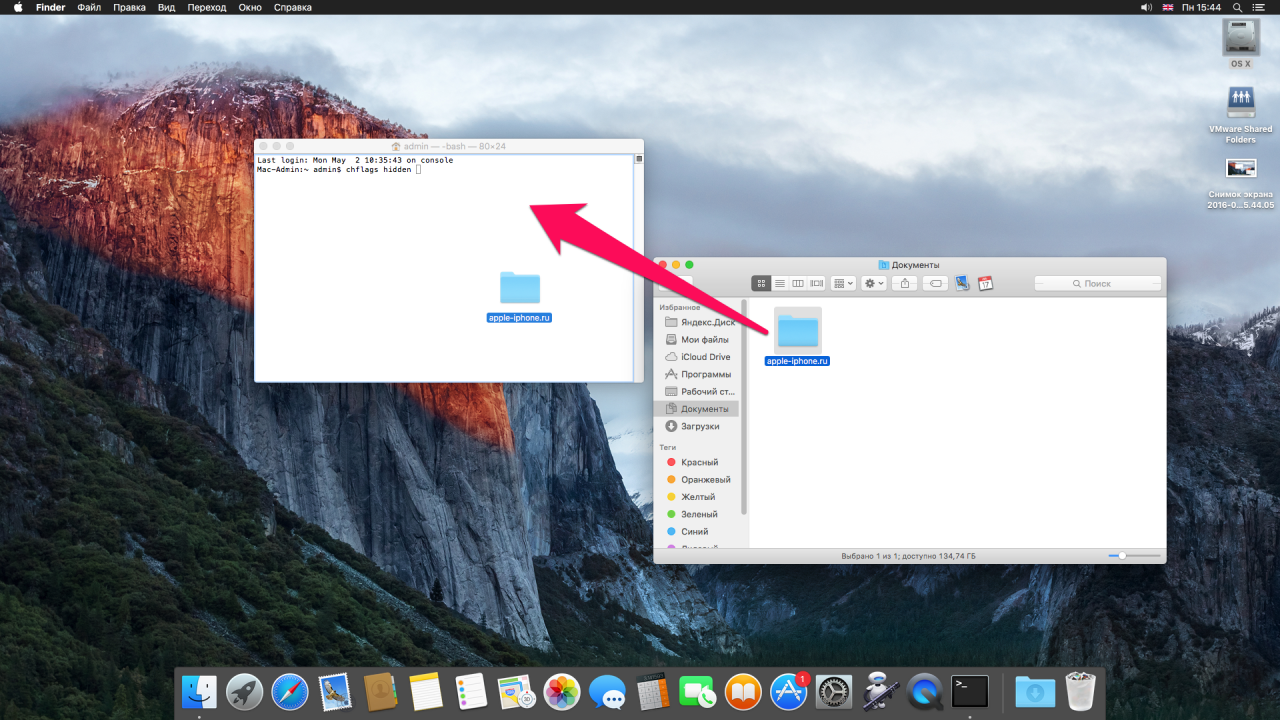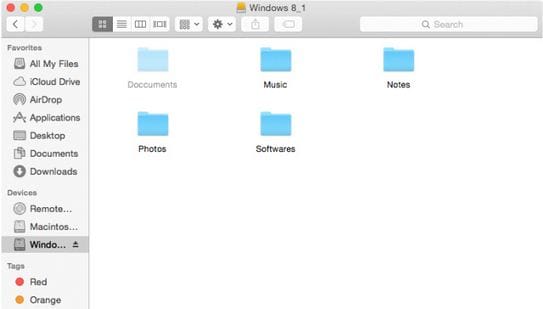

- #Hide folders on mac how to
- #Hide folders on mac archive
- #Hide folders on mac password
- #Hide folders on mac free
- #Hide folders on mac mac
Again, click Choose when you’re finishedħ.
#Hide folders on mac password
Alternatively, click the key icon, and let macOS create a strong password for you. Enter a password, and click Choose when you’re doneĦ. Open the Encryption, dropdown menu, and make a choice (128-bit AES encryption should be enough), and click Saveĥ.

If you want to, choose a name or location for your protected folder. Now select the folder you want to password protect, and click ChooseĤ. From the menu bar, select File > New Image > Image from Folderģ. Open Disk Utility from Applications > Utilities > Disk UtilityĢ.
#Hide folders on mac how to
Here’s how to password protect folders with Disk Utility:ġ.
#Hide folders on mac archive
dmg archive file, using AES encryption, which you can only open with a password.
#Hide folders on mac mac
Password protecting Mac files with built-in toolsĬreating a password protected folder is easy using macOS’s built-in Disk Utility. As well as letting you lock multiple files or folders at once, it means you can easily add and remove files from your password-protected folder at any time. Password protecting Mac folders rather than individual files is useful for a couple of reasons. How to password protect folders on your Mac It also offers security, optimization, junk cleaning, and more. That means no one, not even your internet provider, can spy on you. It includes a complete virtual private network (VPN) tool, which keeps your web traffic secret, while also hiding your location. And because you’ll encrypt the data at the same time, you’ll make it unreadable to anyone who doesn’t have your password.Ĭoncerned about your privacy? Try MacKeeper. Thankfully, it’s easy to password protect files and folders on your Mac using built-in or third-party tools. That’s especially true if you share your Mac with other people, but computers are also vulnerable to privacy breaches from outside forces. For example, if you have sensitive content or secret projects stored on your Mac, you’ll want to stop people from opening them. This way, no one else but you will be able to see the contents of the files.Data can have real value, and like anything valuable, sometimes it needs to be kept locked away - to stop other people looking at or stealing it.

If you want to secure your data from snoopers properly, consider NordLocker's Mac file encryption. Keep in mind that anyone can reveal the folders you just hid by using the same methods. Drag the files you want to hide into the Terminal window.To obscure something from view on your Mac, follow these steps: You can also use Terminal to hide your specific files from prying eyes. Type in “ defaults write AppleShowAllFiles false” and press “ Enter.”.When you're done, tuck away the files again by following these steps: Once you run the script, the hidden files should show up in Finder. Type in “ killall Finder” and press “ Enter” again.Type in “ defaults write AppleShowAllFiles true” and press “ Enter.”.Alternatively, you can find it by clicking on Go in the menu bar, selecting “ Applications,” scrolling down to “ Utilities,” expanding the folder, and clicking on “ Terminal.” Open Terminal by typing “ Terminal” in Mac's search bar.
#Hide folders on mac free
It’s a secure cloud with a free 3 GB plan, end-to-end encryption both in the cloud and locally, and backup as well as the ability to offload your files and save device storage.Īnother way is by using the Mac Terminal to show hidden files: Lastly, since a major reason for deleting files is to gain free storage, it might be worth reminding you about alternatives that don’t require touching Mac’s hidden files. Only delete files you know are safe to remove. While there is nothing dangerous about unhiding files, many users tend to do this with the purpose of tinkering with or deleting something. Before you do anything, make sure you understand the risks. But Apple hides files to prevent accidental damage to the operating system. You may have a legitimate reason to unhide files. Let's take a look at how Mac can show hidden files. Apple offers several ways to show the hidden files Mac has. However, if you need to access one of these files, don't worry. In other words, those hundreds of files are what helps your operating system run without a hitch. They're secluded for a reason - deleting, modifying, or moving one could seriously impair your macOS performance.

But those files aren't made invisible just to keep your folders looking clean. Your Mac has entire libraries and directories hidden away from view.


 0 kommentar(er)
0 kommentar(er)
